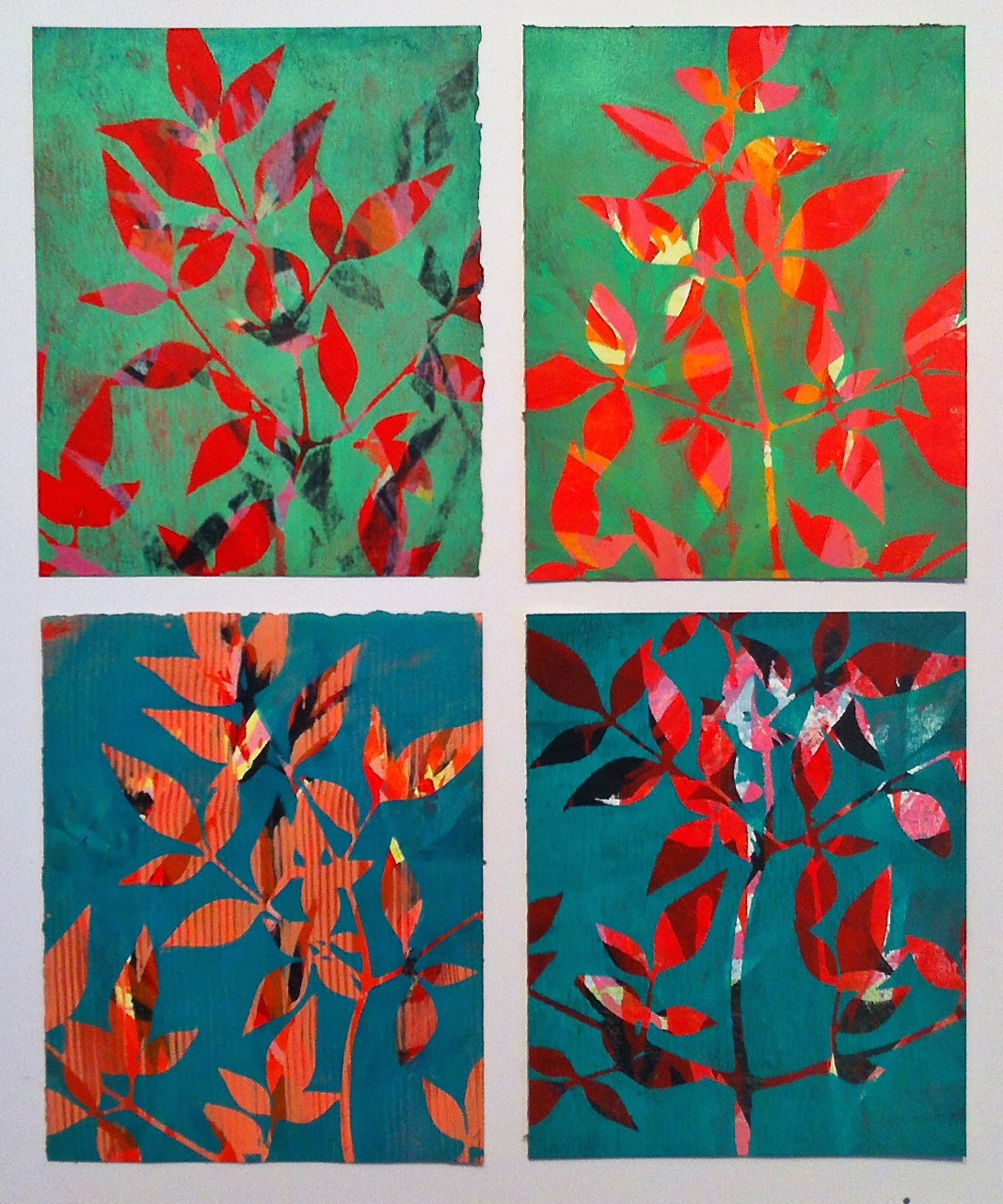In March I'll begin a new job at Wellness Within, an amazing organization that provides support to cancer patients, survivors, their families and caregivers, all at no cost. They offer programs in expressive arts, yoga, meditation and mindfulness. I feel very lucky to be a part of the program.
As I worked on designing a class, I came up with the idea of an art circle. I think of it like a living mandala; a gathering of people exploring the healing powers of art making. Creating art in a community setting is a gentle way of bringing all of us, facilitator (me) and group members alike, back to our essential, inner selves.
We'll be using a variety of media; collage, visual journaling, creation of personal mandalas and a wonderful directive that was created by art therapist, Gretchen Miller; Creative Covenants. Don't let this list scare you though.You do NOT need any prior art experience. The only requirement for our time together is the ability to wield a glue stick and use a pair of scissors.
If any of you reading this knows anyone with a cancer diagnosis, cancer survivors or their families and caregivers in the Sacramento area, who might benefit from this group, please have them contact Wellness Within. If you’d like to learn more about this workshop, you can email me at hkhunterarts@gmail.com. I’d love to have you join us!
Date/Time Date(s) - 03/07/2016 10:00 am - 12:00 pm
...healing is more than just my medical team addressing a disease.
Susan, Lincoln







